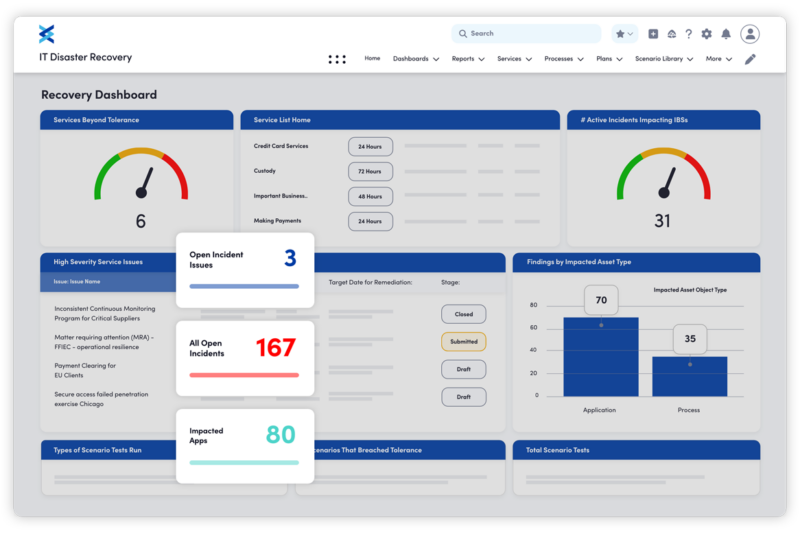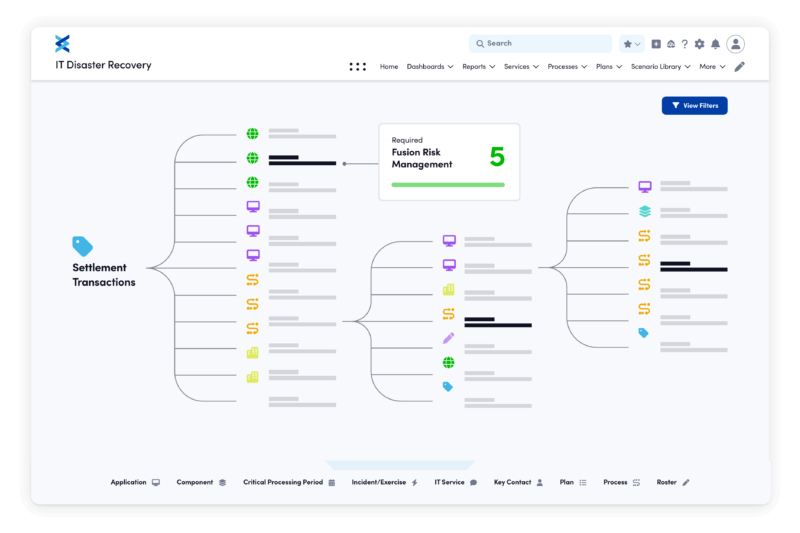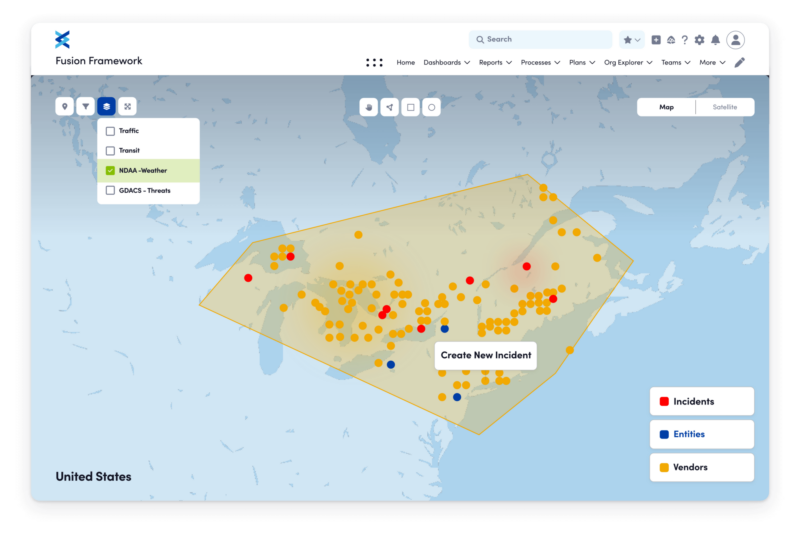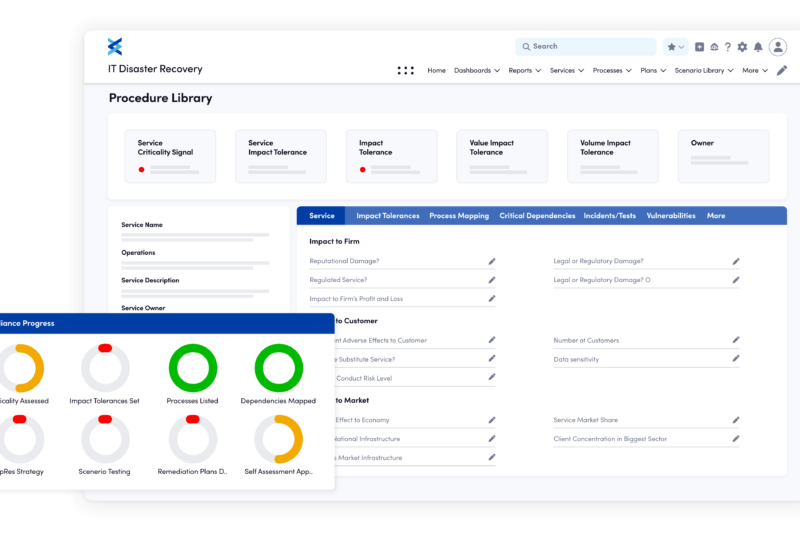IT Disaster Recovery in 2025: A 10-Step Checklist
Learn 10 essential steps to modernize your IT disaster recovery strategy in 2025 and improve testing, visibility, and response speed.
Read More

IT disaster recovery — often referred to as ITDR — is an aspect of business continuity focused on the timely restoration of IT systems and data after a disruptive event. Virtually every business today depends heavily on technology and data to operate, so when IT is compromised for any reason — a cyberattack, a weather event, a third-party malfunction, etc. — the situation is critical and must be remedied immediately. Every second counts.
Those responsible for IT disaster recovery strive to ensure that data is regularly backed up to safe locations and that systems have dependable fallbacks. They use two crucial metrics:

Remember the CrowdStrike IT outage in 2024? A faulty software update made Windows systems crash around the world. Flights were delayed, banks and retailers couldn’t process transactions, and hospitals couldn’t access their schedules. The CrowdStrike incident was a perfect example of why IT disaster recovery is necessary.
In today’s world, no business can afford a technology disruption. Not only are technology and data essential for operations, but the moment you encounter an IT issue, the world starts watching closely. Your customers begin losing trust, and your reputation begins to wane. Whether you’re a bank, a hospital, a manufacturer, or a retailer, you simply can’t afford for your technology to go down for any significant length of time.
Additionally, many businesses need to adhere to regulations requiring IT disaster recovery plans, and noncompliance can result in fines and other repercussions.

IT disaster recovery prevents and mitigates a host of problems. Primarily, it keeps system downtime and data loss to a minimum. But this, in turn, solves many potentially devastating resulting problems, including:
Without IT disaster recovery, your company can suffer catastrophic impacts on revenue and resources, employee morale, and your pool of current and potential customers.

Your IT disaster recovery team will need to:
To facilitate and continuously oversee these IT disaster recovery efforts, many companies use specialized business continuity management software.

As the leading platform for business continuity and resilience, Fusion can help you to:
Fusion can also integrate with your IT service management (ITSM) system to give you truly cohesive oversight of your IT.
Learn 10 essential steps to modernize your IT disaster recovery strategy in 2025 and improve testing, visibility, and response speed.
Read More
Discover how Fusion’s ITDR solutions can transform your overall IT disaster recovery strategy, making your organization better prepared and better able to maintain your customers’ trust